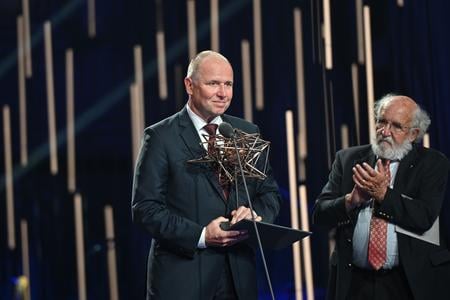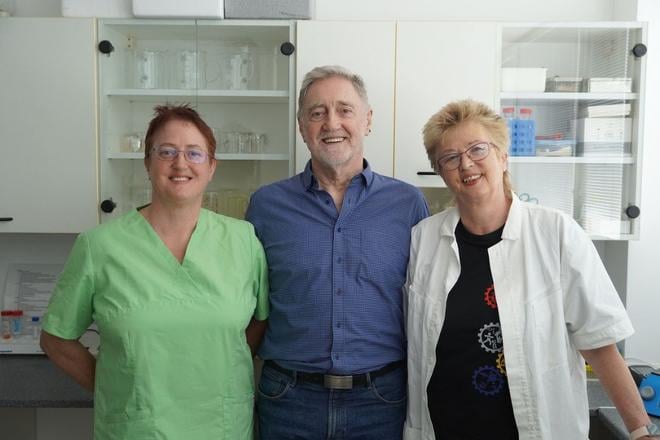Danish footballer Christian Eriksen’s collapse on the pitch during a match at Euro 2020 made global headlines. The shocking incident focused attention on the dangers of cardiac arrest – even for young, extremely fit athletes.
The quick-thinking of his team mates, and the skills of the medical team at the match, saved Erikensen’s life. He was given help almost immediately with a medical team performing cardiopulmonary resuscitation (CPR) and defibrillation on the pitch before the player was later taken to hospital.
But he was one of the lucky ones – unless quickly treated, cardiac arrest can be fatal and the condition still claims millions of lives every year despite major advances in medicine.
According to The Lancet medical journal, survival from cardiac arrest is less than 10 percent. In developed countries, it accounts for up to 18 percent of all deaths.
"Some types of cardiac arrest can be reversed if CPR and a defibrillator are used right away. But if the heart doesn't start beating again within a few minutes, the outcome can be fatal," biophysicist Alexandra Zahradníková tells The Slovak Spectator.
In early June, a paper from researchers from the Biomedical Research Centre (BMC) of the Slovak Academy of Sciences led by her was published in the journal PLoS Computational Biology. The team’s research reported a new approach to the analysis of molecules important for heart function, opening up new treatment options.

To stay up to date with what scientists in Slovakia or Slovak scientists around the world are doing, subscribe to the Slovak Science newsletter, which will be sent to readers free of charge four times a year.
A specific problem
The team studies a specific type of cardiac disease - a rare inherited condition called catecholaminergic polymorphic ventricular tachycardia (CPVT). It affects young people, causes severe problems with the heart rhythm (arrhythmia), which then may cause cardiac arrest and sudden cardiac death.


 From right: Alexandra Zahradníková, her husband and co-author Ivan Zahradník and their daughter Alexandra Zahradníková Jr. (source: CC-BY Alexandra Zahradníková and Ivan Zahradník)
From right: Alexandra Zahradníková, her husband and co-author Ivan Zahradník and their daughter Alexandra Zahradníková Jr. (source: CC-BY Alexandra Zahradníková and Ivan Zahradník)